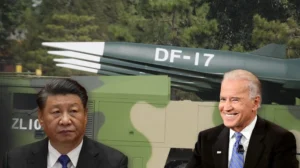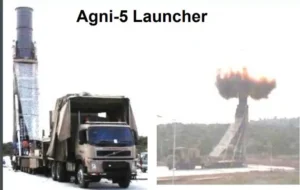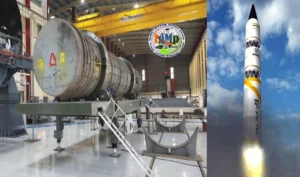In a rare disclosure, the US military announced that a guided missile submarine has arrived in the Middle East, a move aimed at deterring its adversaries amid the growing threat of a region-wide escalation.
On November 5, the US Central Command announced on social media that an Ohio-class submarine had entered its domain of authority, and based on a photograph posted along with the announcement, military analysts and OSINT specialists noted that the vessel seemed to be in the Suez Canal northeast of Cairo, Egypt.
The announcement stopped short of naming the Ohio-class submarine deployed to the region. The US Navy has four Ohio-class guided missile submarines, or SSGNs, in its inventory capable of shooting the cutting-edge Tomahawk cruise missiles.
Following the US Navy announcement, military observers surmised immediately that the disclosure of the submarine deployment was probably intended to send a message to Iran and its alleged proxies like Hezbollah.
These militias have threatened escalation if Israel, which has been incessantly bombing the Gaza Strip after a surprise Hamas attack on October 7, does not agree to a ceasefire soon.
The announcement of the submarine deployment coincides with Gaza being put through a communication blackout amid what has been described as the heaviest bombardment to date. The death toll in the densely populated, narrow enclave is fast approaching the 10,000 mark, according to Al Jazeera estimates. The publication did not cite where it got these casualty numbers.
On November 5, 2023, an Ohio-class submarine arrived in the U.S. Central Command area of responsibility. pic.twitter.com/iDgUFp4enp
— U.S. Central Command (@CENTCOM) November 5, 2023
Although it is rare for the US Navy to reveal its location for security reasons, the deployment to the Middle East has been disclosed on previous occasions when tensions started to flare up. For instance, the US Navy revealed in October 2022 that one of its nuclear-powered ballistic missile submarines was sailing in the Persian Gulf.
In the rarest move, the US Central Command (CENTCOM) released photos showing CENTCOM Commander Gen. Michael “Erik” Kurilla onboard the submarine when a US defense official said that Kurilla’s visit was not in response to any recent incident or provocation but rather an indication of growing tensions that had persisted for months, including attacks on US military installations in Iraq and Syria.
⚡️🇸🇾 🇮🇶🇺🇸 — 27 ATTACKS ON U.S. FORCES IN THE MIDDLE EAST
US forces in Iraq and Syria were attacked at least 27 times between Oct 17-31.
Of these attacks, 16 happened in Iraq and 11 took place in Syria. They included a mix of one-way attack drones and rockets. pic.twitter.com/jnGVJ578Vv— Mister J. – مسٹر جے (@Angryman_J) November 1, 2023
Incidentally, the recent deployment also follows a spate of attacks on the United States soldiers in the region. Iranian-backed militias have been accused of launching low-level strikes against US soldiers in Iraq and Syria. But with its deployments in the area, the US has been trying to make it evident that any larger attacks would result in a significant retaliation.
The US has thrown its military weight behind its ally Israel, reinforcing the latter’s military and inviting the ire of regional militias taking a pro-Gaza line.
Notably, the notification about the submarine deployment comes two days after the navy announced that during a three-day exercise in the Mediterranean Sea, two carrier strike groups, Gerald R. Ford and Dwight D. Eisenhower, launched fighter jets and practiced missile defense.
The display of force by the US is being made in tandem with diplomatic efforts at the highest level to stop a broader conflict in the Middle East. On the day the announcement was made, the US Secretary of State Antony Blinken left for the Middle East to hold diplomatic discussions with the region’s leaders, including from the West Bank, Turkey, Iraq, Jordan, and Cyprus.
Why Is US Ohio-Class Submarine Deployment Making Headlines?
There are two types of Ohio-class vessels: those equipped with guided missiles, such as the Tomahawk cruise missile, and those equipped with nuclear-capable ballistic missiles.
In response to the START II treaty, the US Navy modified its four oldest ballistic missile submarines (SSBN) of the Ohio Class into guided missile submarines (SSGN) between 2002 and 2008. The SSGNs may carry up to 154 Tomahawk land attack missiles (TLAM) by deploying vertical launching systems (VLS) in a “multiple all-up-round canister” (MAC).
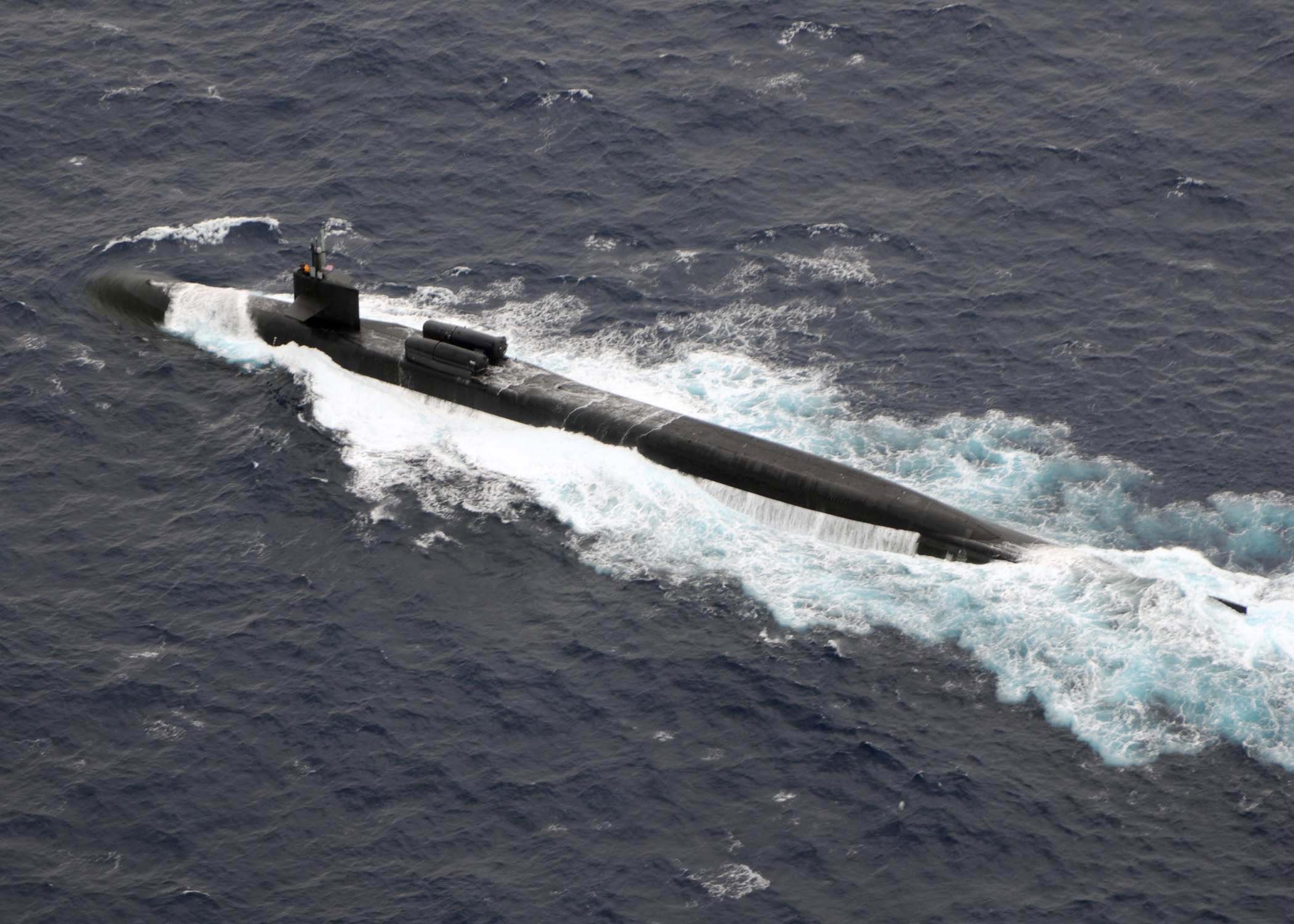
SSGNs have the same long-range stealth capabilities as nuclear-powered attack submarines (SSNs) and can operate close to an enemy’s home base. They can launch surprise strikes from close quarters and surreptitiously insert Special Operations Forces.
Unlike surface combatants, SSGNs only carry offensive weaponry in their payload tubes; they do not carry any defense missiles. Because of this, when an SSGN is in operation, it can cover strike packages for several surface fighters, freeing them up for other tasks.
With 154 Tomahawk cruise missiles per SSGN, it is about four times the amount of weaponry carried by the US Navy’s most recent attack subs and fifty percent more than US guided-missile destroyers. Additionally, a high-explosive warhead weighing up to 1,000 pounds can be carried by each Tomahawk.
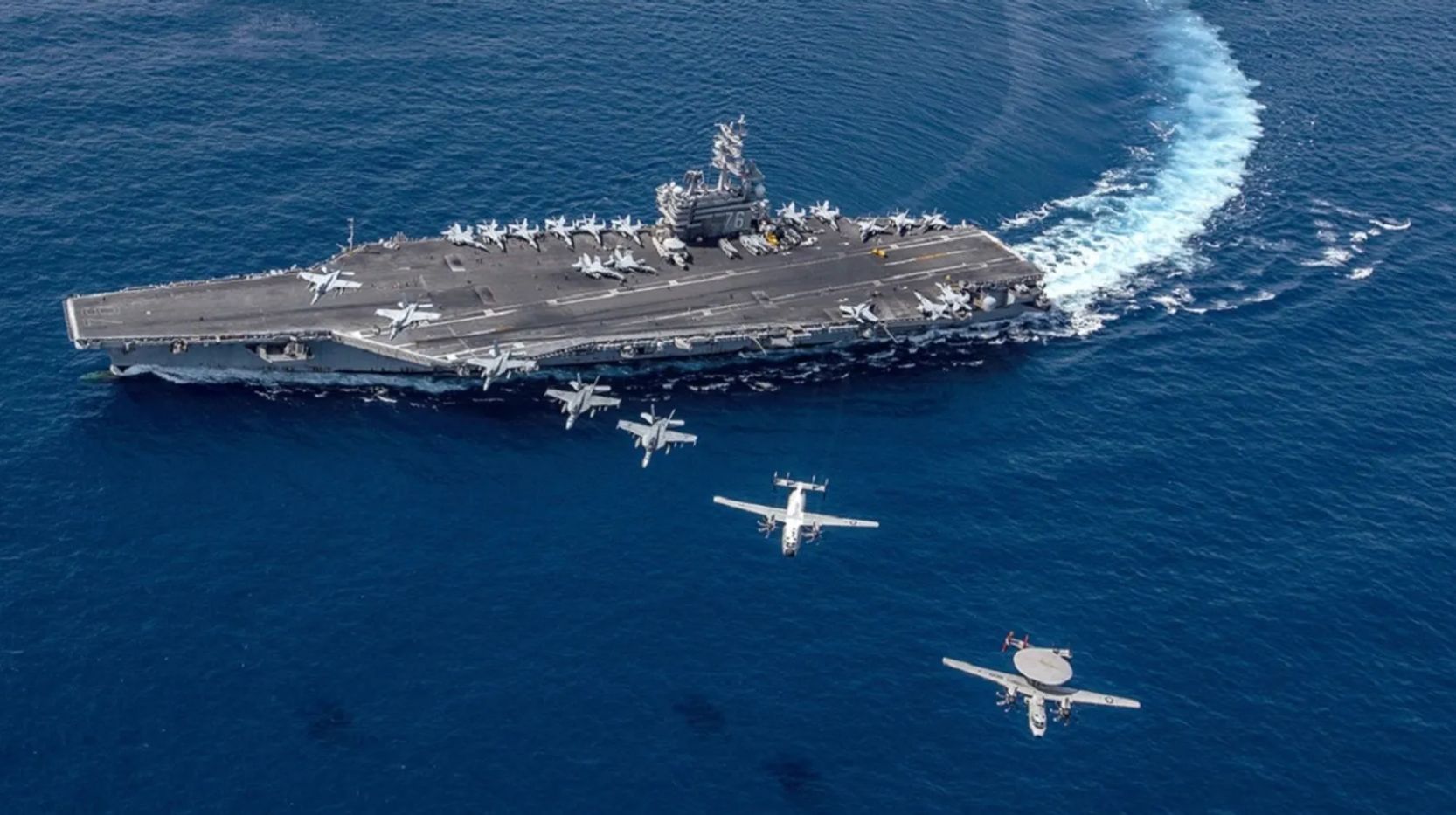
Carl Schuster, a former director of operations at the US Pacific Command’s Joint Intelligence Center, told CNN earlier that “SSGNs can deliver a lot of firepower very rapidly. One-hundred and fifty-four Tomahawks accurately deliver a lot of punch. No opponent of the US can ignore the threat.”
Targets as far distant as 2,500 kilometers can be struck by Tomahawk cruise missiles, which are launched from ships or submarines. They were infamously used during the initial stages of the 2003 US-led invasion of Iraq and in reaction to a Syrian chemical weapons attack in 2018.
In October, Antony Blinken said his country sees the prospect of a significant escalation in attacks on its troops in the Middle East and of Iran seeking to widen the Israel-Hamas war. Against that backdrop, the US Ohio sailing in the Middle East is another effort at force projection.
Source link


